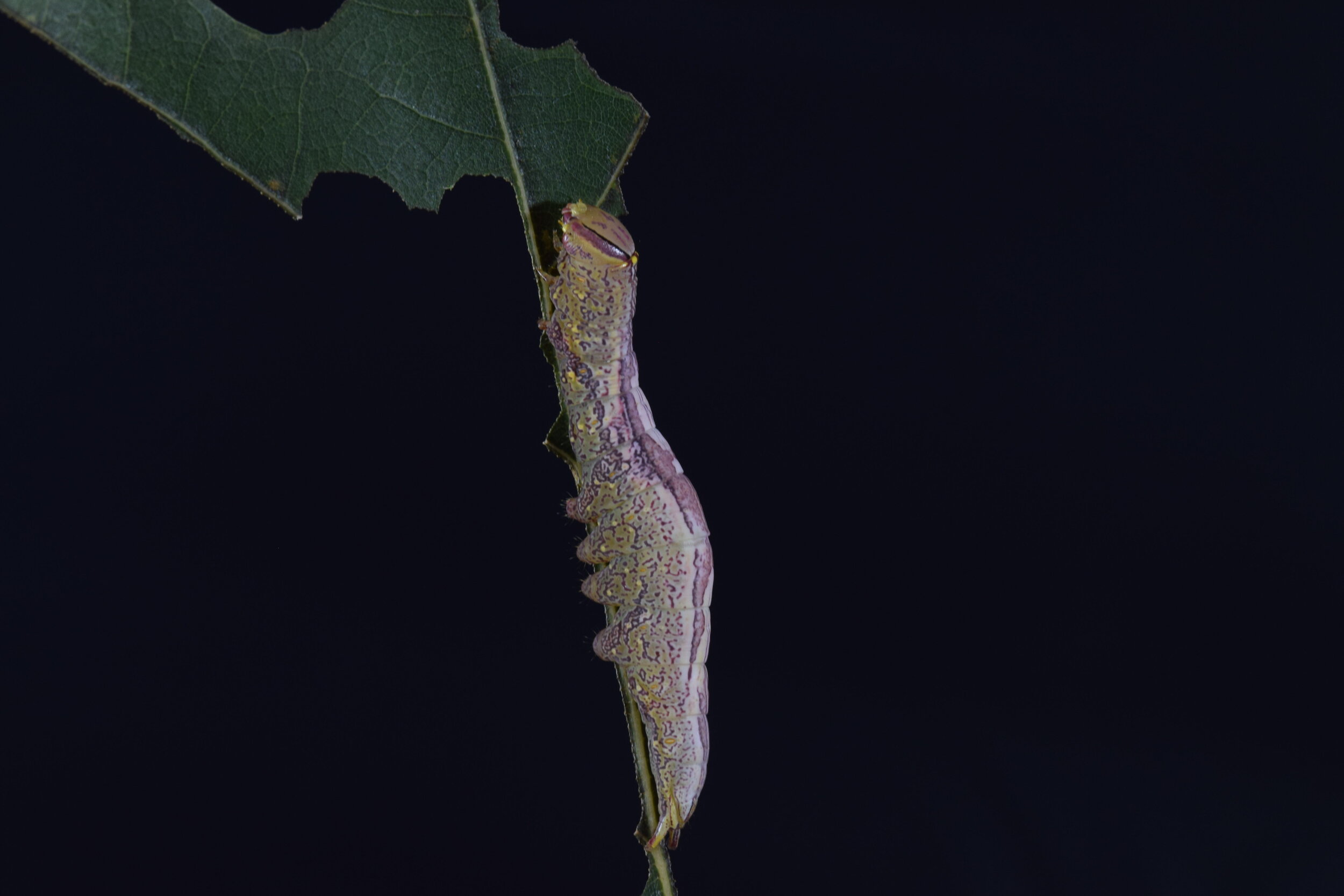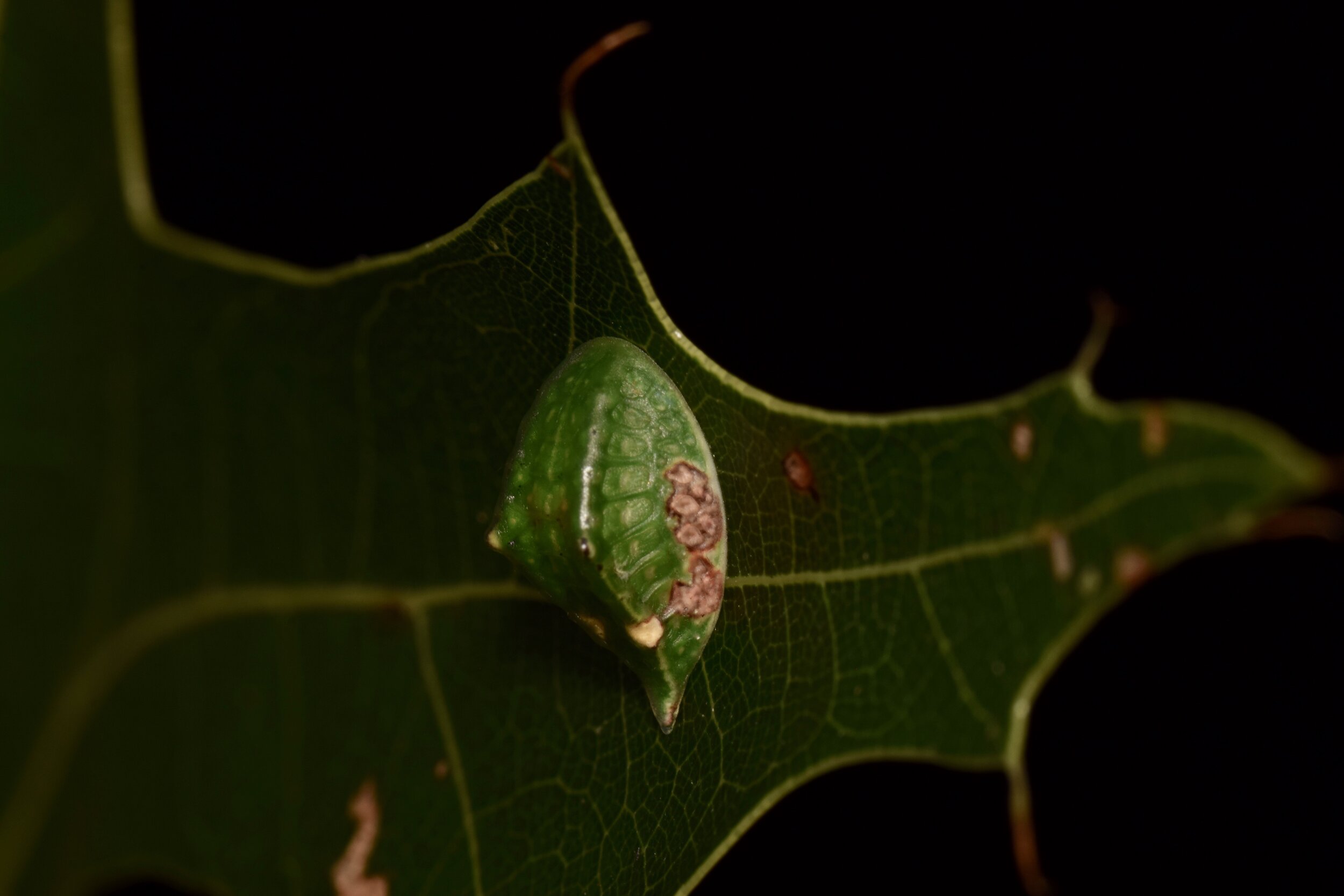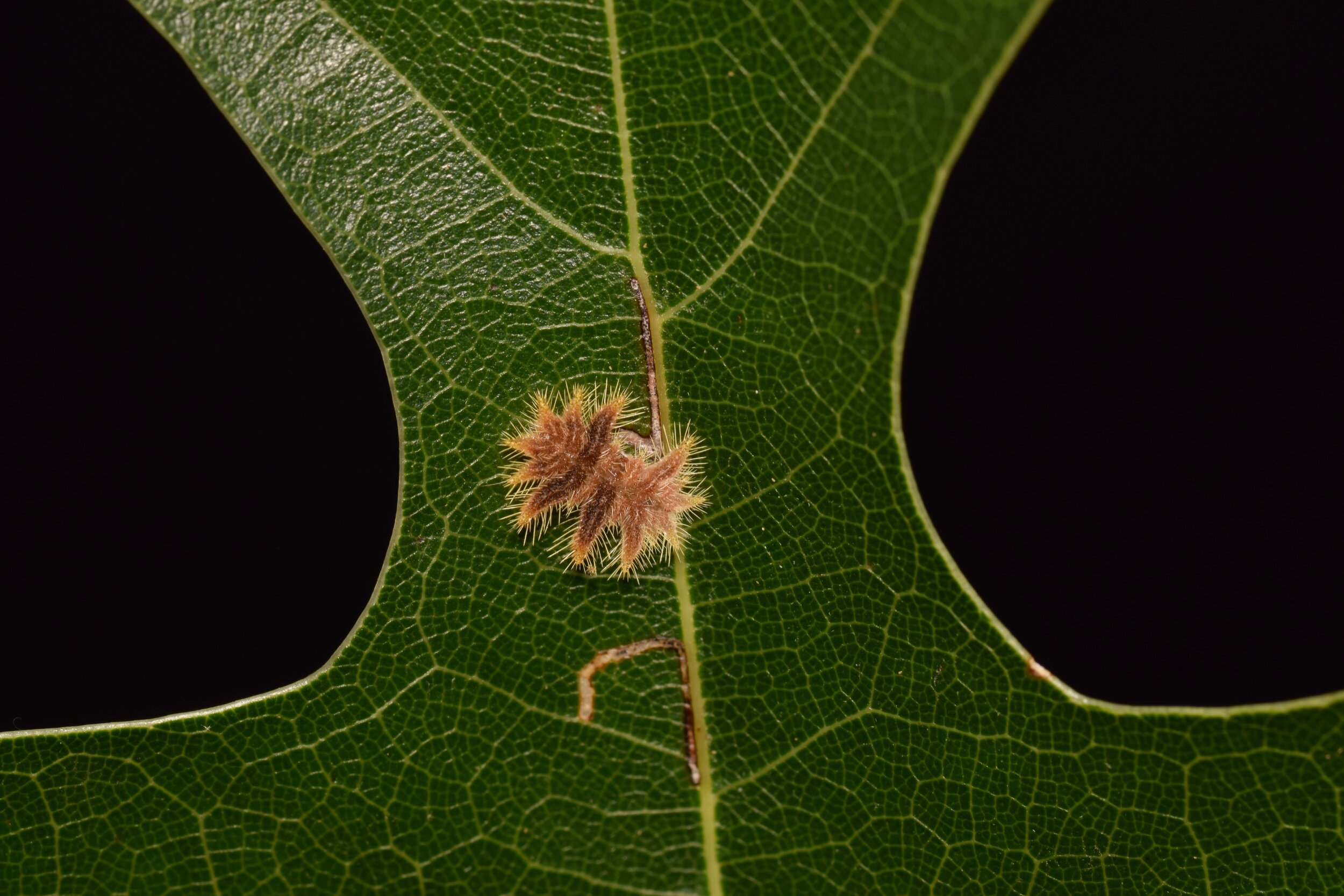Having lived on the east coast for 2 years now, I am mostly adjusted to its geography and environment. Occasionally, though, I still get struck by something and go back to experiencing the wonder of everything for the first time. One of the things which still strikes me is how awesome oak trees are.
Before moving here, I had lived in drier climates where trees are generally few and far between. After I arrived, I loved going for hikes in places like Rock Creek Park because it gave me the feeling of being enveloped in a forest. Then I started learning more about the individual identities of the forest constituents, and I loved the trees even more. I loved how the tulip trees shot up straight to the canopy before branching, how the showy magnolia flowers perfumed the air, and how the silvery smooth bark of beech trees looked almost alien.
Tulip tree near Glover Archbold Trail in northwest DC. Photo credit: K. McGurrin
Southern magnolia blossom. Photo credit: Famartin, CC BY-SA 4.0, via Wikimedia Commons
Bark from a beech near Soapstone Valley Trail in northwest DC. Photo credit: K. McGurrin
Then this past summer, I fell love with oaks. They are the most common hardwood trees in the northern hemisphere, with at least 60 species in the United States. This diversity is also increased by the fact that species often hybridize – even with molecular techniques it can be hard to unequivocally label a given tree. They are hardy specimens prized for their size, beautiful branching shade, and the durability of their lumber. In fact, in 2004 the oak tree was officially named America’s national tree. One of the most famous American oaks lived nearby in Wye Mills, Maryland for an estimated 460 years. Moreover, oaks support a wide variety of wildlife. Birds nest in their branches, beetles live under their bark, large animals (including humans) eat their nutritious acorns, and innumerable insects eat their foliage. Even after they die, oaks continue to provide shelter and nutrients for the creatures around them in the form of hollow trunks and decaying logs.
Willow oak in the Cathedral Heights neighborhood of DC. Photo credit: K. McGurrin
The amount of invertebrate life sustained by oaks was immediately obvious while we were sampling caterpillars at BiodiversiTREE this year. We visually searched on trees of 16 species of tree for 4 minutes, yet the number of caterpillars found within those 4 minutes varied dramatically among tree species. For example, dogwood and white oak trees in our experiment are about the same size, yet we found more than 3 times as many caterpillars on the white oaks as the dogwoods. The individual tree with highest abundance and diversity of caterpillars was a cherrybark oak (closely related to Southern Red Oak). On that tree we found 17 caterpillars of 8 different species in just 4 minutes! These results are in line with what Dr. Doug Tallamy reports, that the oaks support more species of Lepidoptera than any other genus in eastern forests. In addition to the caterpillars, there are plenty of other insects which eat oaks, their predators and parasitoids, so on and so forth. We actually had a hard time collecting leaves to feed to our experimental caterpillars back in the lab because every time we thought we’d removed all the extra hangers-on from the leaves, we’d flip the branch over and find another.
Above: Examples of caterpillar species found on oaks. Below: Total number of caterpillars found on different tree species at BiodiversiTREE throughout the summer of 2019. Sampling for each tree species consisted of searching 36 individual trees for 4 minutes each. Oak species are highlighted in red.
So when you want to wax poetic about America’s national treasures, don’t forget the oaks! If you have a yard, you can also do your part to support wildlife by planting an oak. The cheapest and easiest way to plant one is by collecting acorns off the ground around existing trees. Members of the white oak group even germinate in the fall, so you can be sure that you’re collecting viable seeds by looking for a little root sticking out. Come spring, acorns of all types will send up shoots, and with a little love (in the form of watering, mulch, and deer fencing) your tree will soon grow into a national treasure.
Written by Kelsey McGurrin, lab manager








